How to Grow Lavender Plant Indoors
Written by Lisa
Nov 19 2021
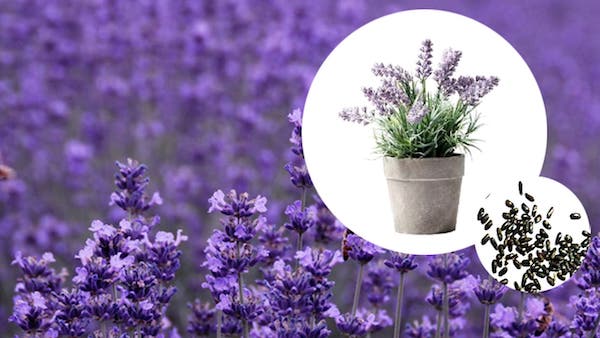
Growing lavender indoors is a rewarding challenge, which calms you when you’re stressed and provides a stellar flavor profile in desserts and cocktails. Before starting, you should learn more about how to grow lavender indoors including lavender types, propagation, growing steps & tips, caring tips, pest and disease control, etc. Let’s find out how to grow and care for lavender indoors now.
Can You Grow Lavender Indoors
You can grow Lavender indoors, although it is a plant needing much sunshine, but itself has certain bear or endure negatives, the illumination that the balcony provides also can satisfy its growth condition. And it is not only beautiful, but also has a special aroma, which makes it a very good decorative plant.
Patients with respiratory tract infection should not grow lavender indoors, because its fragrance is too strong, which will cause respiratory tract inflammation of infected patients. In addition, too much lavender should not be placed indoors, because the plants will fight for oxygen with people at night, and the high concentration of carbon dioxide emitted by the plants will cause breathing difficulties.
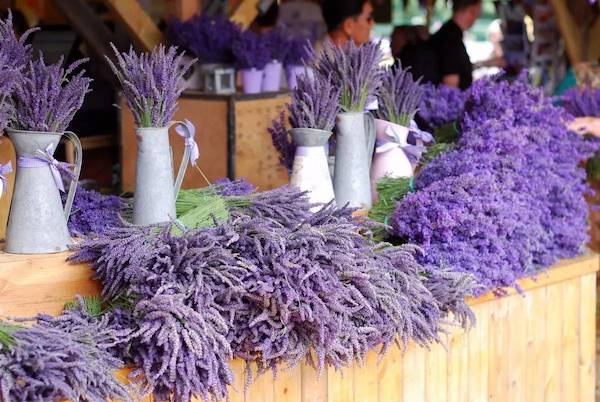
Growing Lavender Indoors Benefits
Lavender can be grown indoors, and the fragrance of its flowers can effectively help people fall asleep quickly, which is the most important benefit of growing lavender indoors, with the effect of tranquility and meditation. Lavender is often used to treat insomnia symptoms, and it can make people sleep more stable and comfortable in the bedroom. But, the environment of the bedroom also is not quite conducive to lavender blossom growth, so it had better be put in the ground such as the balcony that faces south to grow lavender. If you must put lavender potted plants in the bedroom, you should move them outside during the day for sunlight, and then move them indoors for flowers at night, which is better for growing lavender indoors.
Lavender also has a very good ornamental effect, its flower type is dignified, small and delicate flowers, its fragrance has a certain insect proof effect, can reduce indoor bugs, let people live more comfortably, especially blue indoors, add mysterious romantic atmosphere, and make people happy.
Check our article on 35 Most Common House Plants with Pictures & Care Guide
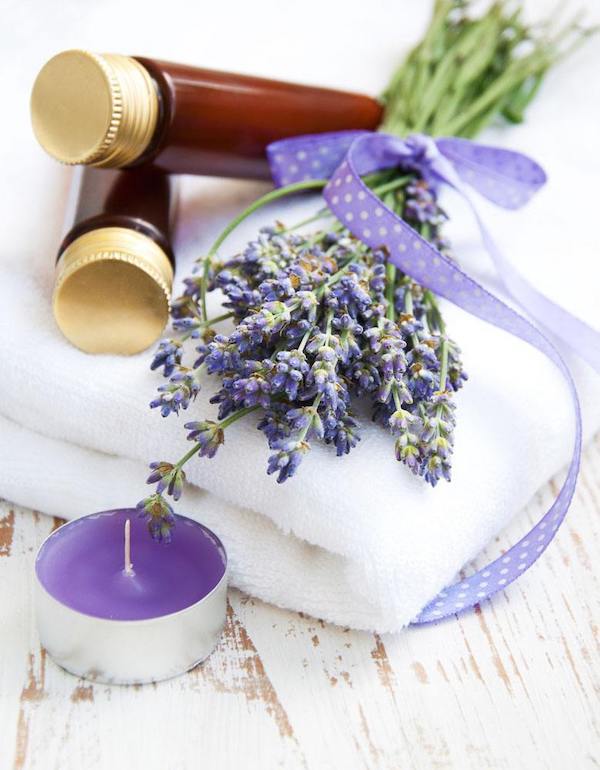
Which Type of Lavender Plant to Grow Indoors
- English Lavender
- Lady Lavender
- Hidcote Lavender
- Munstead Lavender
- Nana Alba Lavender
- Loddon Pink Lavender
- Sweet Lavender
- French lavender
- Spanish Lavender
- ...
The following three types of lavender are suitable for growing indoors. The best lavender for growing indoors is French lavender. French lavenders can tolerate fluctuating temperatures of houses better and can adapt to indoor easily and more quickly compared with other types of lavender plants. French lavenders can flower for several months indoors whereas English lavenders often will not bloom when growing indoors. If you want to grow a small lavender plant, you can choose Munstead lavender, which is small in size and very suitable to grow in s small flower pot.
| Lavender variety | Purpose | Why? |
| French lavender | Best Lavender for Growing Indoors | Not very fragrant compared to other types and adapts to indoors easily. Growing French lavender indoors is the best choice. |
| Munstead lavender | Best Lavender for Growing In Small Spaces | It's a compact plant, meaning it only grows 2-3 inches tall and wide. |
| Spanish lavender | Soonest to harvest | This type of lavender can bloom as early as mid-spring, meaning it may be able to be harvested in early spring. |
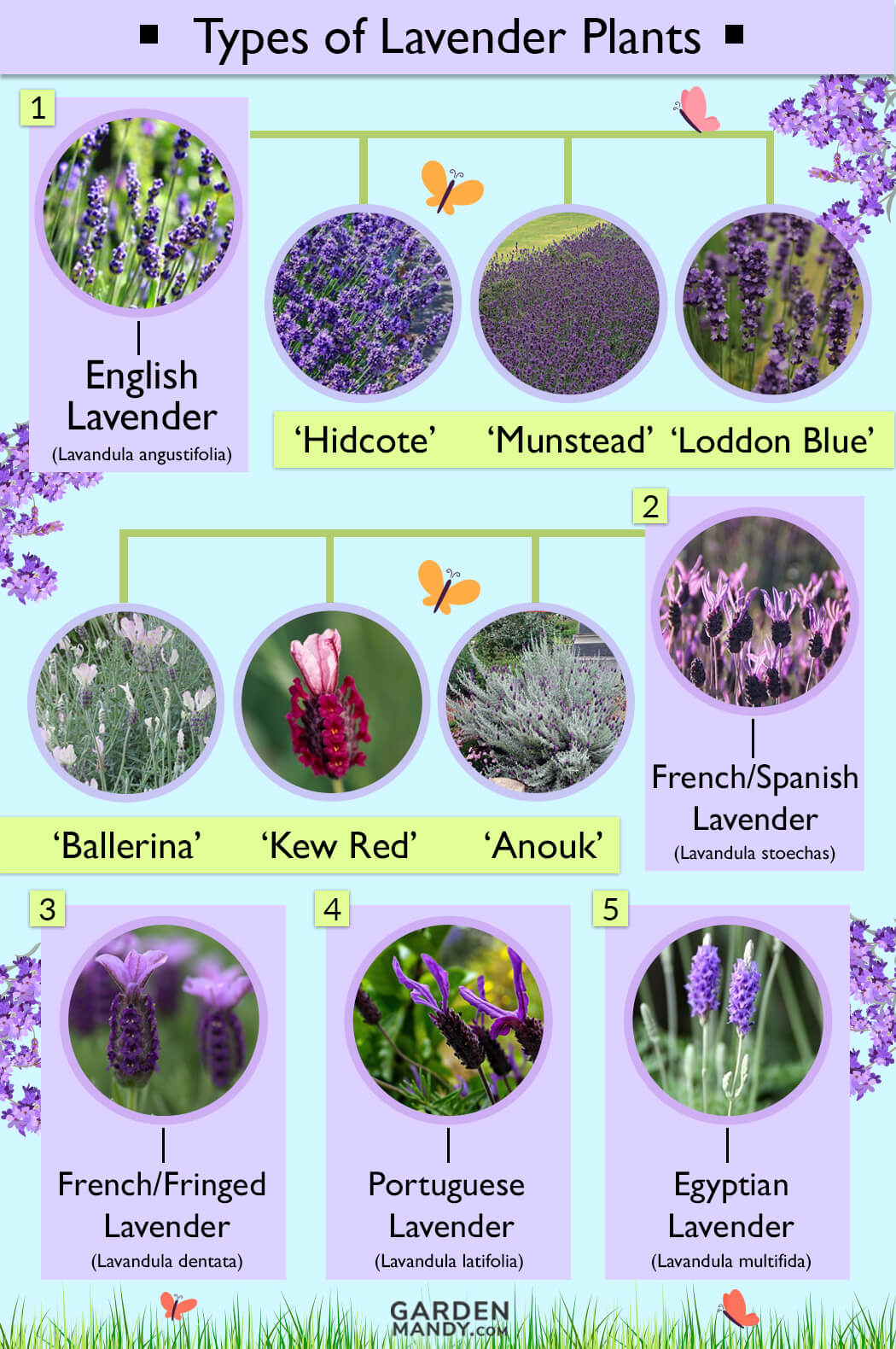
When to Grow Lavender Indoors
Lavender can be sown indoors in late winter or outdoors in early spring or late fall. Wherever it is sown, it will germinate in about 15 to 20 days. If growing lavender indoors from cuttings, it can be grown indoor in spring and autumn. Its cutting adaptability is very strong as long as the temperature is suitable. Compared with cutting propagation, lavender is more suitable for seed propagation.
How to Grow Lavender Indoors
Growing Lavender Indoors from Seed
1. Choose good lavender seeds first before growing indoors
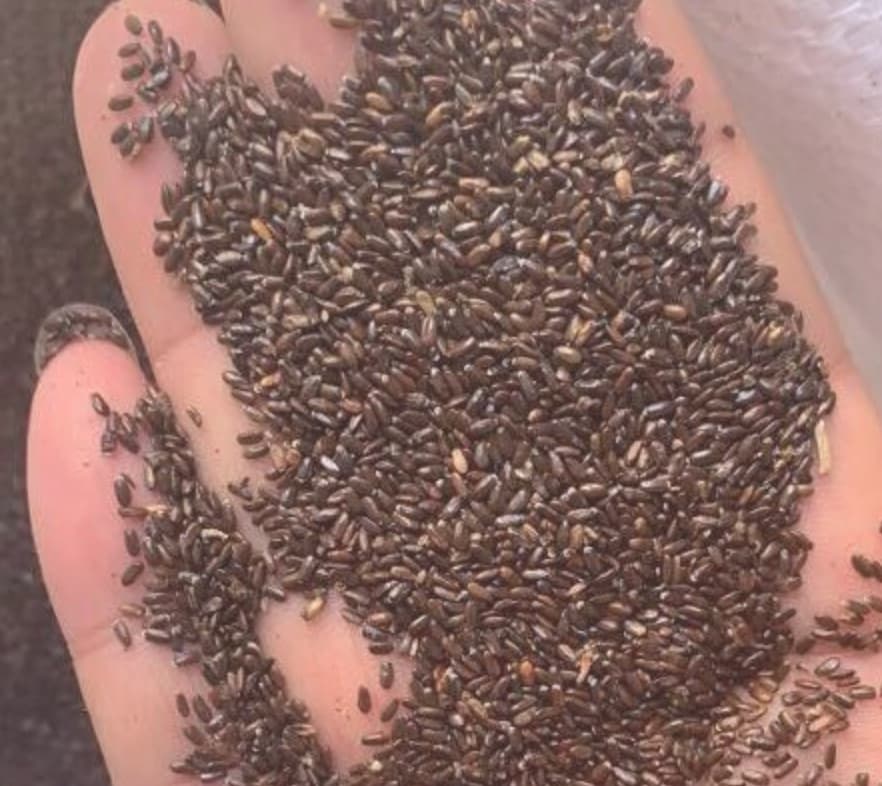
2. Fill the flowerpot with soil (the best choice is loose and permeable soil), after filling, water to wet, and then spread the lavender seeds evenly in the flowerpot, the number of scattered according to the size of the flowerpot to decide (it is best not to sow too much at a time, so as not to sprout after the gap is small, not conducive to growth). After the lavender seed has been planted, sprinkle a thin layer of earth again in the surface, water after preventing germination collapses the bud. After sowing the seeds, put the pot in a warm, airy place.
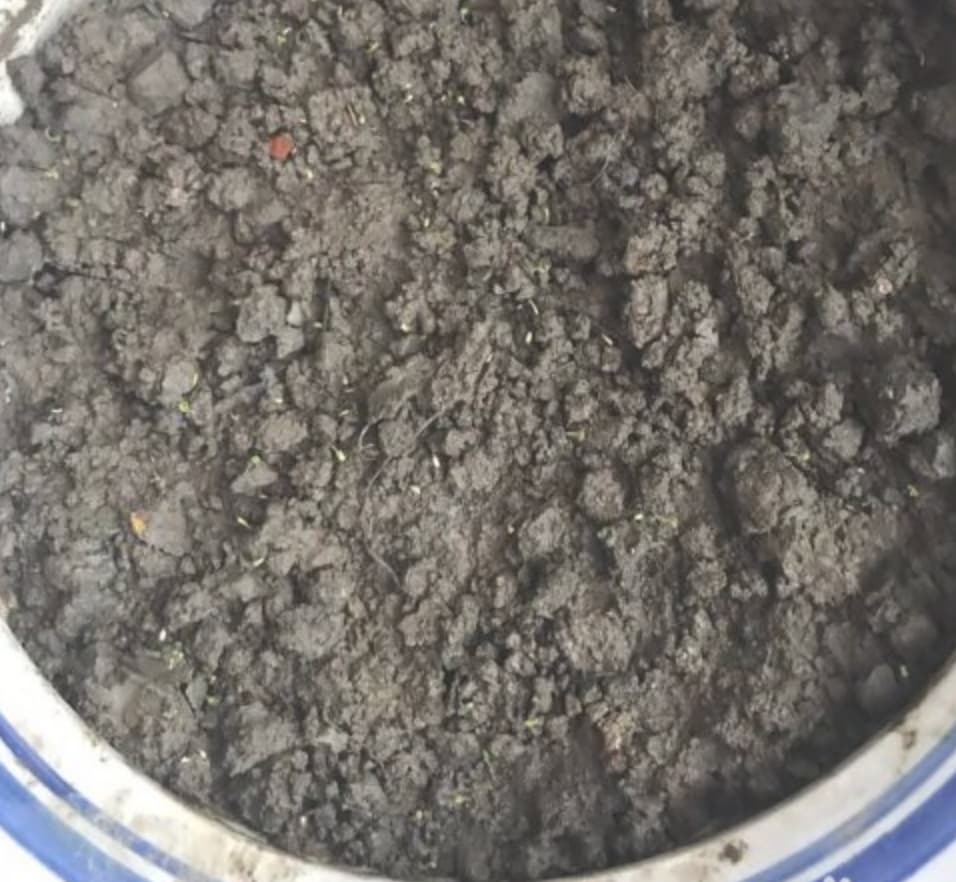
3. If the temperature is low, you can put a plastic bag on the flowerpot to keep warm and moisturize to promote rapid germination of seeds. Generally, about a week or so of lavender seeds germinate. After germination, you should remove the plastic bag for lighting in time.
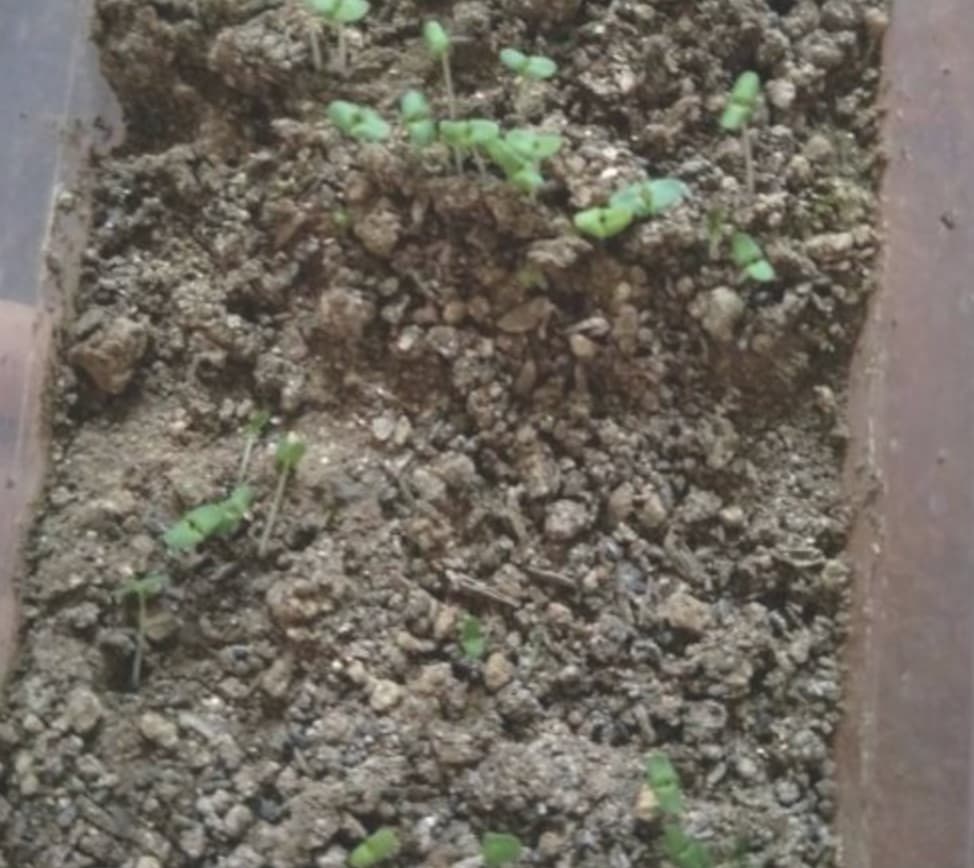
4. While having light, do not water too much at a time lest seeper bubble hurts seedling (can choose to add the water that has root powder) wait until lavender seedling grows to 10 cm or so, can change in big basin, in that way seedling just grows stronger.
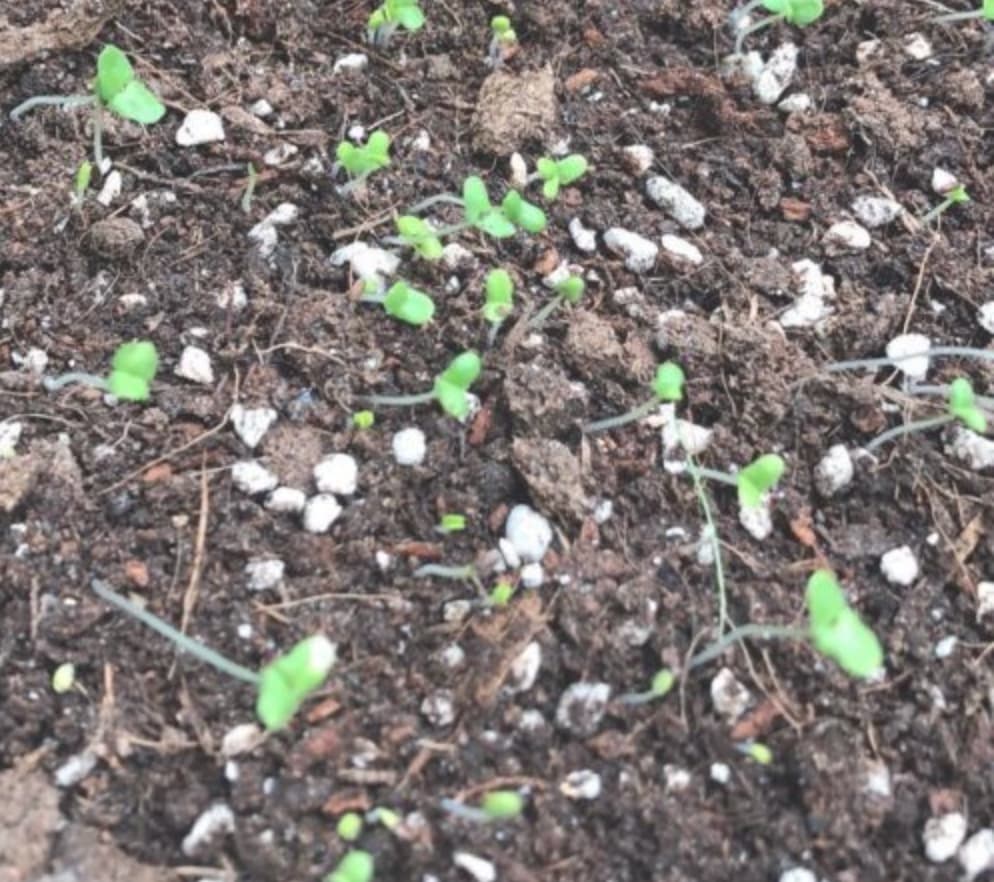
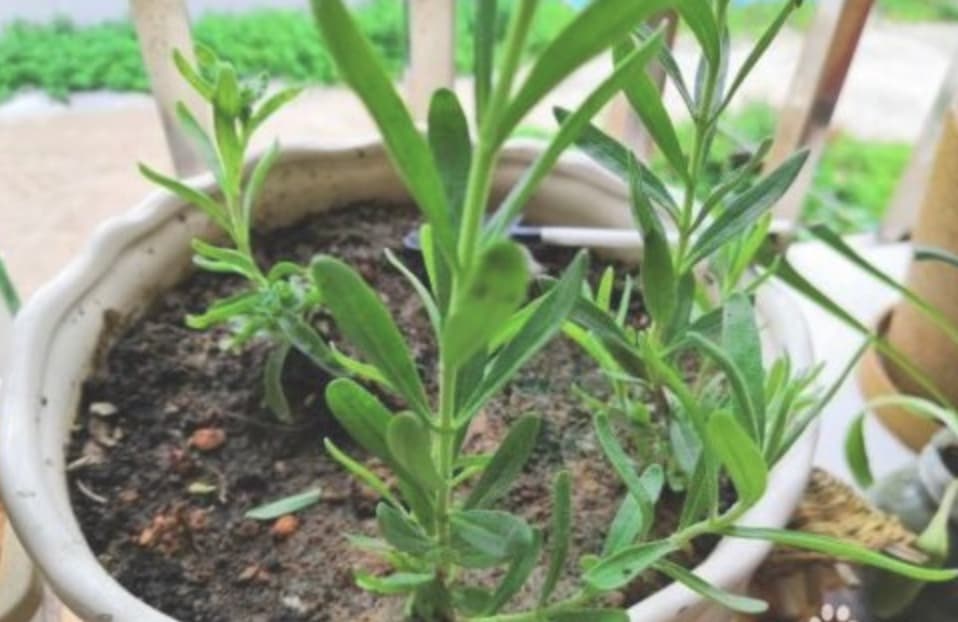
Growing Lavender Indoors from Cuttings
Lavender is not only good-looking, good smell, in fact, it is also very easy to propagate. the following will give you the stem of lavender cutting propagation, which only need to use sharp scissors to cut down a stem, cultivated in loose soil, and it will soon be able to take root and sprout.
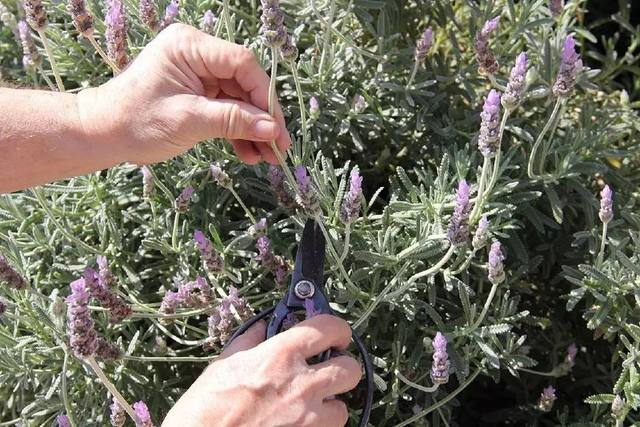
If you want to grow lavender indoors well, you must have an appropriate environment, keep the environment ventilated, and it is best to keep the environment cool and dry, avoid excessive stuffy or humid, otherwise lavender will rot easily and grow faint.
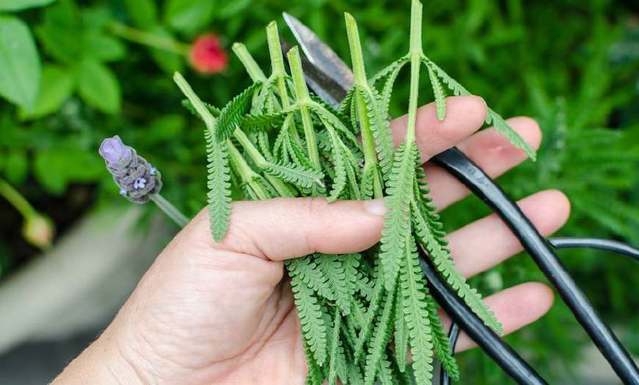
Planted soil need not be too picky, but at least to ensure good drainage.
Use sharp scissors to cut off some of the lavender plant stems. Each stem should have at least two growing points on it. Cut the stems at an oblique Angle from the bottom of the node, which will help increase the rooting area.
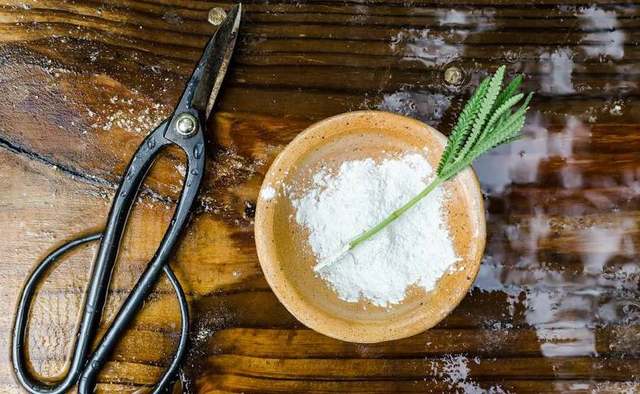
The lower leaves of the stem of lavender should be cut off entirely to avoid excessive nutrients, which can also accelerate rooting.
After preparing some root powder, directly dip the lower part of the stem with the root powder, which is beneficial to promote rooting and has the effect of sterilization. Lavender soil can not be slightly acidic soil or neutral soil. Lavender plants must be cultivated with weak alkaline soil, which can be mixed with some lime to increase the acidity of the soil, or can also be properly mixed with river sand to increase the drainage of the soil.
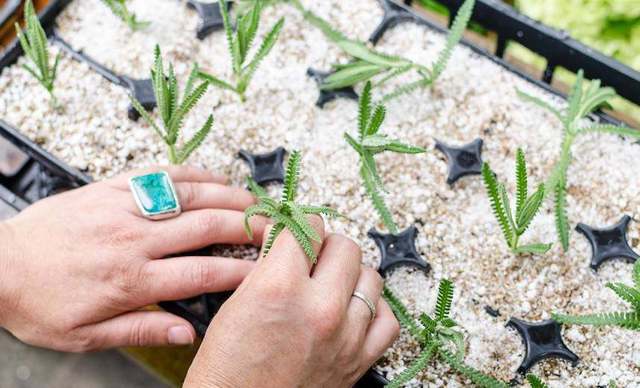
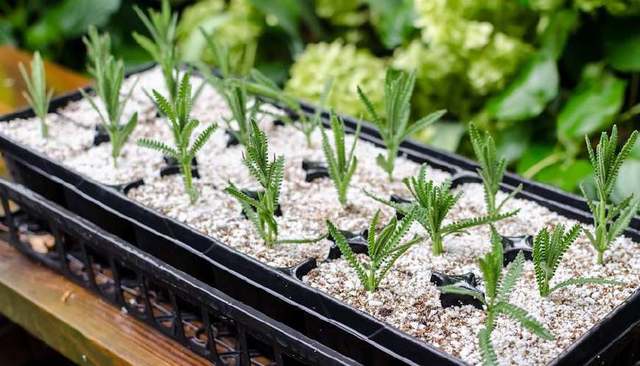
The medium of perlite mixed peat soil can be mixed in half, the cutting good lavender stem should be planted stable, and then do not move, keep the medium slightly moist, avoid water.
Cutting seedlings for about 20~30 days can take root and germinate, wait until the root of the cutting seedlings grows to about 3 centimeters when you can be transplanted, cut down our prepared weak alkaline soil can come in handy.
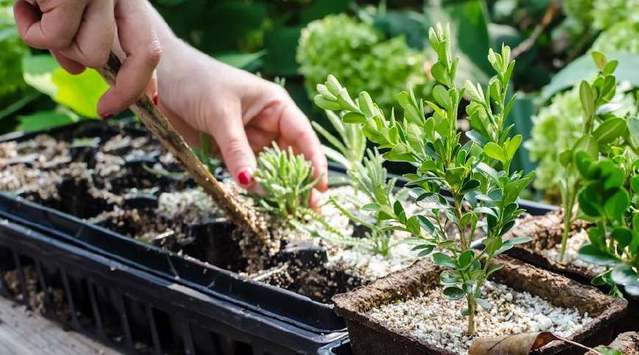
Finally, pay attention that the lavender cuttings can not be exposed to the sun, keep environment ventilation and cool, avoid hot or humid, pot soil dry thoroughly pouring, avoid excessive watering.
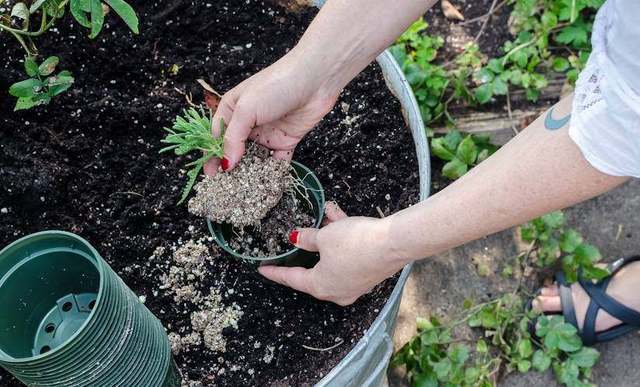
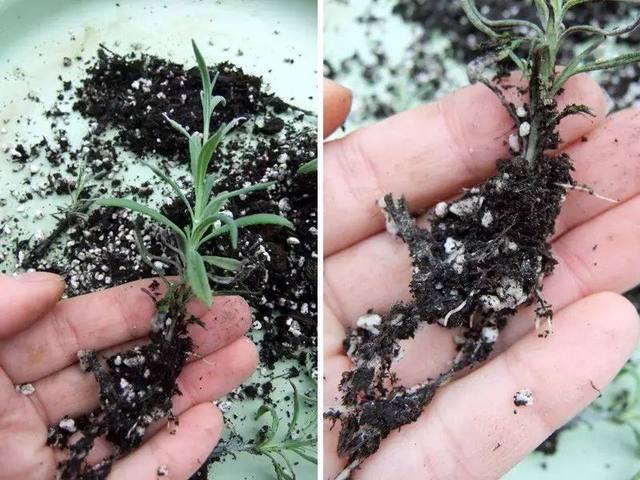
How to Care for Lavender Indoors
Lavender Indoors Soil Requirements
The root system of lavender is more developed, plant soil layer commonly deep, loose in fertile soil. If the soil is more acidic or alkaline, or more viscous, it will also affect root respiration and growth. If an acid, alkaline, or sticky soil is used for planting, it will affect the normal growth indoors and respiration of the roots and lead to poor growth and non-flowering plants over time. Garden soil and river sand can be used to prepare basin soil, this soil has good drainage water, suitable for indoor lavender plant growth.
Lavender Indoors Light Requirements
Lavender is a long-day plant, so it must provide plenty of light during its growth. Lavender likes to grow in a sunny environment and can receive about 7 hours of light a day. If you don't get enough sunlight for a long time, you are prone to empty leaves, no flowers, yellow leaves, and infection with diseases and pests. In order to get vigorous growth of lavender, it is necessary to place it in a sunny position for maintenance, so as to ventilate the sunlight and achieve the effect of promoting plant growth and flowering. If lavender plant is maintained indoors, it needs to be placed in a bright, spacious and ventilated place, and appropriately moved to a sunny place to avoid bacteria and bugs caused by sultry heat.
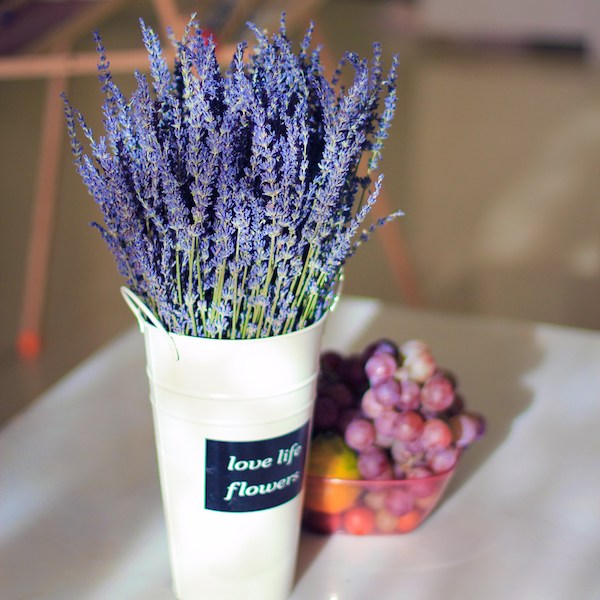
Lavender Indoors Watering
Lavender likes to be dry, the demand for water you is not much, only in the return of green period and show the bud period need sufficient water, other time to control watering. Especially in the flowering period and winter, lavender indoors must not be watered too much, otherwise it will lead to falling flowers, and may frostbite its roots.
Lavender Indoors Temperature Care
Lavender is originally grown in warm regions around the Mediterranean Sea, but lavender has a higher tolerance to cold than other plants. Under the appropriate cultivation, lavender seeds germinate for 10 ~ 15 days at 12 ~ 15 degrees Celsius, and take about 6 days at 20 ~ 25 degrees Celsius. However, lavender germination indoors can not exceed 30 degrees Celsius, and open sowing should not exceed 23 degrees Celsius. The inserted tassels can root at 16 ~ 21 degrees centigrade after a month. Seedlings with 4 to 5 pairs of true leaves that can tolerate temperatures of -10 degrees Celsius. Adult plants not only can withstand low temperature, and can endure high temperature, harvest qian section temperature at 40 degrees Celsius, did not make the plant hurt. In the flowering season, high temperature drying can not only improve the oil yield, but also improve the ester content of essential oils. lavender plants indoors in the process of annual growth and development, with the change of temperature, in different growth and development stages, and has its obvious signs, generally divided into five periods:
Lavender Germination Stage Indoors
When the average temperature is around 8 degrees Celsius, the lavender plants indoors start to germinate. At this point, the bud tip turns reddish purple, the bud opens and the tender leaves appear. This period is short, vulnerable to frost at this time, light to extend the initiation period, serious impact on the growth of the year, and even lead to death.
Lavender Growing Stage Indoors
When the average temperature reaches 12 to 15 degrees Celsius, the branches of lanvender plants indoors begin to elongate, the new leaves begin to expand and turn from light green to dark green, and the leaves and branches become denser. This is the period when the plants are most developed.

Lavender Bud Stage Indoors
When the average temperature reaches 15~17 degrees Celsius, buds begin to appear and the peduncles gradually elongate. When the temperature reaches 20 degrees Celsius, most buds of lavender plant indoors form.
Lavender Bloom Stage Indoors
When the average temperature is 18 ~ 20 degrees Celsius, lavender plant indoors begins to blossom, and with the rise of temperature, it reaches the peak period of flowering. The opening of a flower is directly related to the temperature. The time of day when flowers bloom most is concentrated at the time of day when temperatures are highest.
Lavender Fruiting Stage Indoors
The average daily temperature is between 26 and 32 degrees Celsius. Too high or too low temperature will affect the seed setting rate. High temperature will make the metabolism of substances out of balance, interfere with the pistil's normal physiological function, so the seed setting rate is reduced.
Lavender Indoors Fertilizer Care
Lavender plants indoors need to be planted with a base fertilizer, which will provide nutrients all the time. And in its growth stage, can also be appropriate topdressing. A little phosphate and potash fertilizer before flowering will help the plant to bloom, and fertilizer will be needed after flowering to help it recover as it consumes too much nutrients.
Lavender Indoors Pruning
During the growing season, the lavender plant can be pruned and its stems cut off when growing lavender indoors. It can be used for dried flowers or flower arrangements. During flowering, it can be trimmed and used to make essential oils. When pruning, you need to choose sharp pruning shears and sterilize them before you can use them.
Indoors Lavender Growing Stage Pruning
Trim the stem while it is growing, but not until two years after it has grown. Because newly planted lavender plants indoors usually take several years to grow into plants. There are few flowers in the first year, but there will be more flowers each year. It's time to trim it. The cut stems can be used to make dried flowers or placed in vases for decoration.
Indoors Lavender Flowering Pruning
During the lavender flowering period indoors, which is late spring and early summer each year, is the best time to trim the stems. At this point the essential oils of the plant are particularly strong. Of course, you can also prune it a few weeks after it has bloomed, but the flavor will have faded by then. So if you want to make an essential oil, it's best to choose it when it's in bloom.
Indoors Lavender Pruning Method
Clean pruning shears can be used for pruning Lavender flower stems. But it must be cleaned and properly disinfected before use to prevent the plant wounds from becoming infected with bacteria. At the same time, the pruning shears should be sharp enough to keep the cut clean and smooth. First hold it into a handful, and then use trimming to cut off two-thirds of it, leaving one-third of the stems on top.
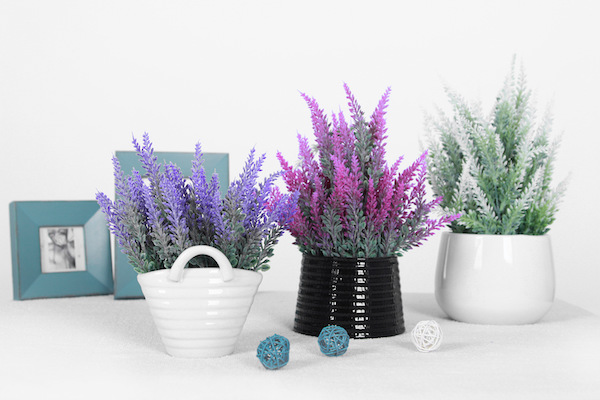
Lavender Indoors Repotting
When lavender seedlings indoors grow to about 10 cm or so, we can choose the machine for transplanting. In order to keep the lavender growing indoors well and blooming regularly indoors, the lavender needs to be repotted regularly every year. So, how does lavender indoors change pot?
Lavender plants like the soil to be very deep so that they can spread their roots. If you plant in a shallow pot indoors, you are more likely to suffer from poor plant growth and failure to flower. For a thriving lavender plant, choose a darker pot. Only the soil is deep enough to allow the root system to expand.
Before we change the pot, we need to do a good job in advance and prepare all the materials we may need. For instance lavender potted seedling, flowerpot, soil of basin, small shovel, scissors, watering tool, it is to go up even when the fertilizer that base fertilizer uses as, wait for instance nitrogen fertilizer, phosphate fertilizer. Next, we can begin to change the pot operation.
- Pour about one third of the height of the pot soil into a moderately sized pot. The pot soil is prepared by mixing mountain soil and coconut fiber in a ratio of 2:1. Then sprinkle nitrogen and phosphorus granule fertilizer with less blood, accounting for about 5 grams each. Pour another layer of soil into the pot until it is about halfway up the pot.
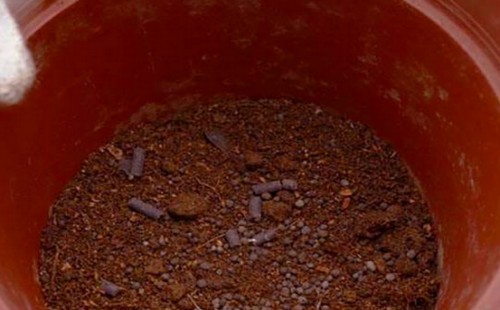
- The lavender from the original basin out of the basin, and then will adhere to the roots of the old soil gently removed, and the original intertwined root system straighten out, let its free stretch. The main reason for this is to make it easier to absorb nutrients in the new soil, so that the plant can maintain good growth.
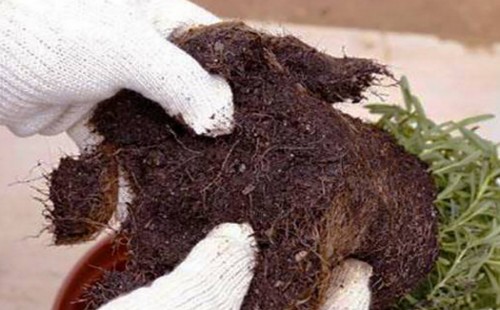
- Put the finished lavender into a new pot with half a pot of soil, and then add the pot of soil, until all the roots are covered, and the height of the basin is about 3-4 cm. This can facilitate the late watering and fertilization, and not overflow from the basin, resulting in a waste of resources.
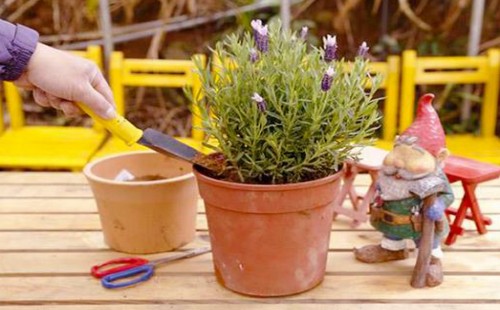
- After changing the pot, put the potted plants in a cool and ventilated place for slow seedlings, and then restore the normal maintenance and management after serving the pot. When the plant grows too high, the top should be hit in time to encourage the lavender to grow more lush and the plant shape is more full indoors. But when it comes to the flowering period, we should cut the side buds in time to avoid them growing too lush and consuming too much nutrients, affecting the flowering. At the same time, we can also ensure that the top buds grow better
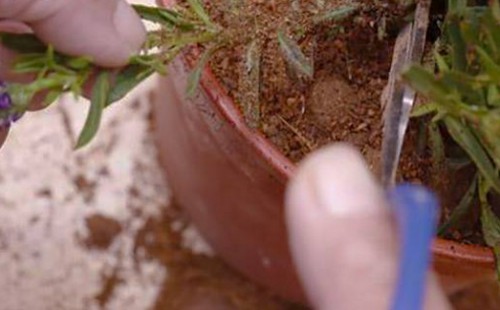
Lavender Pests Problems Indoors
Indoor Lavender Red Sipder
Red spider is a common pest when growing lavender indoors, which can cause damage to many plants. Its breeding ability is strong, and the speed of development is fast, so we must do a good job of prevention and control. It can be sprayed with avermectin solution, or dichromatol can be used to debug. In addition, timely replacement of POTS and soil will also kill the eggs before they hatch and harm the lavender plant the next year.
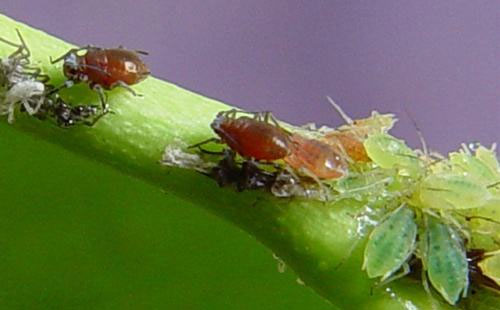
Indoor Lavender Leafhoppers
Leafhoppers, both larvae and adults, suck plant SAP and can reproduce four to five generations a year, making it difficult to eradicate them completely. The need to spray phoxim, borer pine and other drugs control when growing lavender indoors, but also pay attention to the removal of weeds, do not allow them to shelter. Using the phototaxis of adult insects, light can also be used to lure and kill.
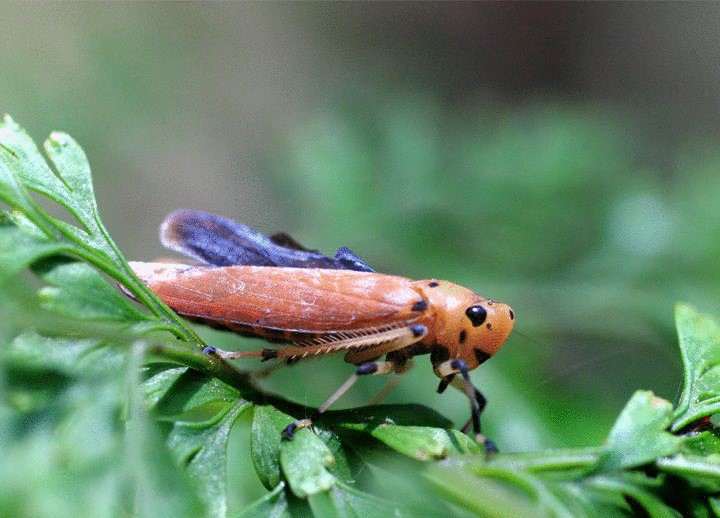
Lavender Diseases Problems Indoors
Indoor Lavender Leaf Spot
Leaf spot disease is one of the common diseases of growing lavender indoors, which mainly damages the leaves of the plant. In the case of seedlings, the disease causes them to wilt and lose water, their leaves to become dull, and their branches to bend. More than three years of plant disease from the inside out, will eventually lead to the death of the plant. If you want to treat it, you can spray Bordeaux liquid or Diasin zinc solution, usually 2-3 times.
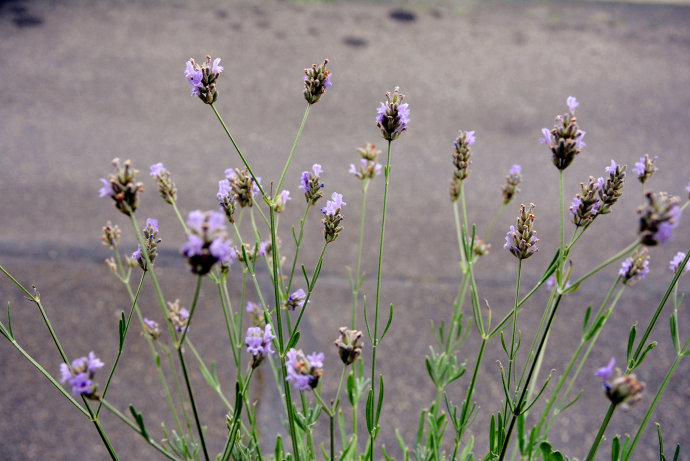
Indoor Lavender Root Rot
Root rot is mainly caused by too much watering and too wet soil when growing lavender indoors. Moisture is an easy breeding ground for bacteria, which invade the roots of the plants and cause them to rot. If the situation is not too serious, you can use carbendazim or methyl tobutine solution control, both can be irrigation roots, can also spray foliage. If the problem is serious, it needs to be taken out of the pot, trimmed and replanted with new soil.
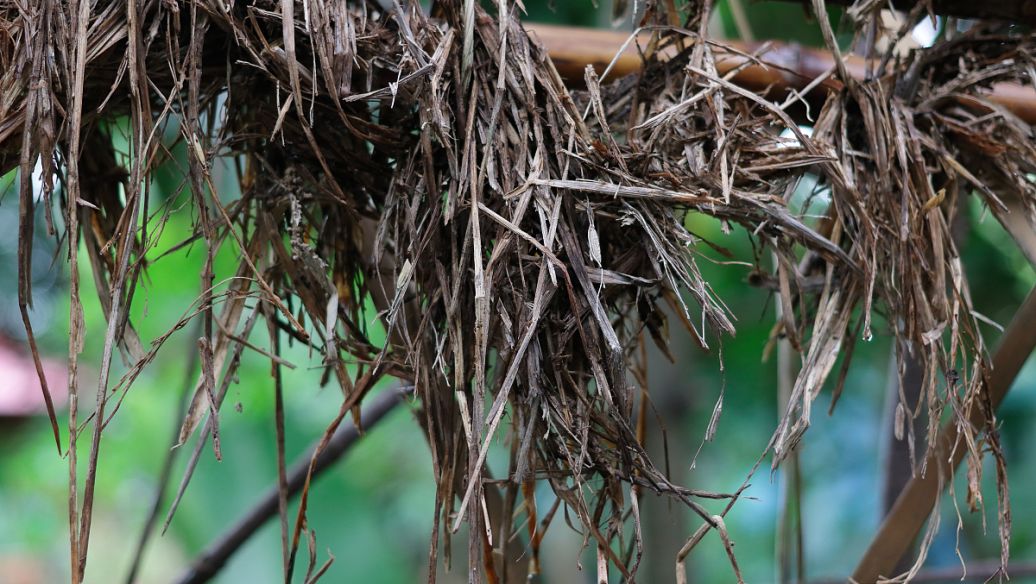
Growing Lavender Indoors FAQs
Are Growing Lavender Plants Indoors Harmful to Cats and Dogs
Lavender contains linalool and linalool acetate. Both are toxic to cats and dogs and can cause nausea, vomiting and loss of appetite. So growing lavender indoors is not recommended for families who have cats and dogs.
How to Save Withered Lavender Indoors
Lavender plant withers but if the root still lives it can be saved, in the process of treatment need to lavender proper clip, cut off the part of the plant dry, at the same time also need to take root the lavender, waiting for the plants to grow new root it again after planted in the soil of fertile osteoporosis, wait for a period of time the lavender can restore normal growth.
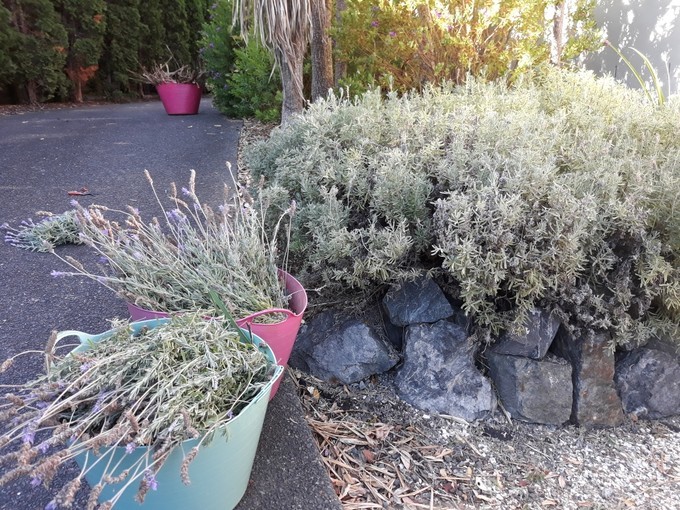
Lavender plants indoors need to be properly pruned after they have withered. Need to dig out lavender from the soil above all, use clear water to wash its root clean, then use knife sharp scissors to cut the dried place of lavender, and after pruning the need for lavender pruning wound disinfection treatment, help the wound heal as soon as possible.
After the lavender has been pruned, the plants need to be rooting. Need to choose a transparent vase above all, insert lavender in the vase next, and pour right amount of clear water into the vase, make the water submerged 1/3 root, in order to let lavender root as soon as possible at the same time, also need to drip right amount of root solution into the vase.
After waiting for the lavender to take root smoothly, the lavender can be planted in the soil. It is necessary to choose the right soil before planting. Lavender is suitable for growing in the soil with rich organic matter and good drainage, so it is better to use the sandy loam soil with rich nutrient content and loose soil quality when planting lavender indoors.
Summary
It is not difficult to grow lavender indoors, which can be an amazing experience. Learn how to grow lavender indoors and let its signature aeromatic goodness flourish in your home.
Read Next:
35 Most Common House Plants
20 Best Indoor Trees
Latest Updated
- Benefits of Bugleweed - 7 Science-backed Health Benefits
- Bugleweed Dangers & Side Effects - Is It Poisonous?
- How to Plant Evergreen Trees - What You Should Know
- When to Plant Evergreens - Grow Guide for Evergreen Trees
- 12 Wonderful Evergreen Shrubs for Your Garden
- 12 Popular Evergreen Plants with Pictures for Beginners
- When And How To Prune A Lilac Bush Like a Pro
- How to Grow & Care for Lilac Vine (Hardenbergia Violacea)
- Japanese Lilac Tree (Syringa Reticulata) Care & Propagation Guide
- Shumard Oak Pros and Cons - What to Know
Popular Articles
- Winter maintenance of Antirrhinum Majus
- How to Grow Terminalia Mantaly Tree
- How to Grow and Care for Crossostephium Chinense
- How to grow Antirrhinum Majus in spring
- Peristeria Elata (Dove Orchid) Profile: Info & Care Guide
- Underwatered Snake Plant (Sansevieria Trifasciata) - Signs And How To Fix
- How to Care for Brazilian Jasmine Plant (Mandevilla Sanderi)
- How to Grow & Care for Graptopetalum Purple Delight in Summer
- Rosa Chinensis (China Rose): Plant Growing & Care Tips
- How to Care for Baby Sun Rose (Aptenia Cordifolia)